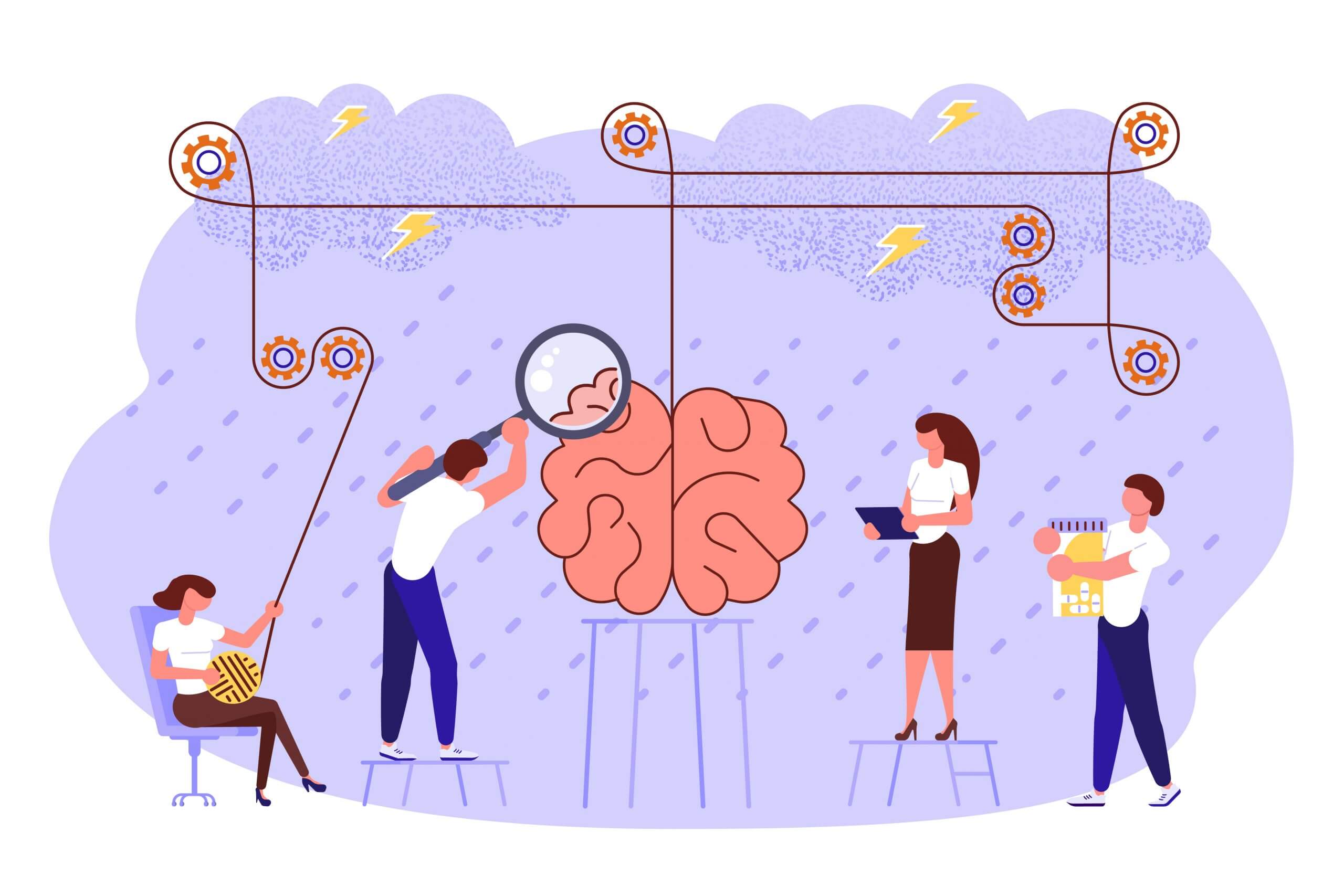Welcome to the CIMMO Brain to Behaviour Perspective Series – where we will introduce a psychology principle and draw a parallel with modern-day marketing. Enjoy – and feel free to continue the conversation in the comments!
You really have to put aside all grammar rules in order to understand universal grammar. “30-Second Psychology” outlines how Noam Chomsky did just that to come up with universal grammar: the idea that all sentences can have multiple meanings because they are the “outward expression of a much deeper mental structure … shared by all humans” (Jarrett, 2011, p.138). “30-Second Psychology” uses the example of “I know students like pizza” to exemplify the theory, where the sentence could mean “I’m aware that students enjoy pizza, or that I’m familiar with students as I am with pizza” (Jarrett, 2011, p.138).
Now let’s combine this theory with marketing: often, brands will use slogans that provide more than one meaning; this leverages our deeper mental structure to associate the brand with key messages, images or themes. This is done in many different ways. Here are my favourite examples:
- Making a pun off the brand name: this ensures consumers can easily relate the slogan back to the brand and the brand is associated with a key message, image or theme.
[JOHN DEERE LOGO] Nothing runs like a Deere
- This slogan uses a pun on Deere/deer, and in doing so, positions the brand as reliable/fast.
[TRIX CEREAL LOGO] Trix are for kids
- This one uses a pun on Trix/tricks, and in doing so, positions the brand as fun/cheeky.
- A broader example of universal language does not include the brand name at all, but relies on the entire expression to convey multiple meanings: this is often seen with well-known brands whose brand message, imagery and themes are all very well known.
[VEGAS LOGO] What happens in Vegas, stays in Vegas
- This slogan demonstrates that Vegas offers a unique travel experience and there are no consequences to what happens in Vegas.
[GATORADE LOGO] Is it in you?
- This slogan questions if you have consumed the product recently—pushing you to want to purchase the product, and, if you have the strength and ambition needed to take on life.
FOOD FOR THOUGHT
- Sentences with double meaning are very common—think of Martin Luther King, Jr.’s speech, “I have a dream”—dream can be the thoughts that occur during sleep or ambition—does it really pose a problem? Or do we need to rely on more than just syntax to convey our message (like tone, emphasis, etc.)?
- Is universal grammar more prevalent in spoken language than written?
- Do strict grammar rules like the Oxford comma eliminate the problem of universal grammar?
REFERENCES
Jarrett, Christian. (2011). 30-Second Psychology. Prospero Books.

